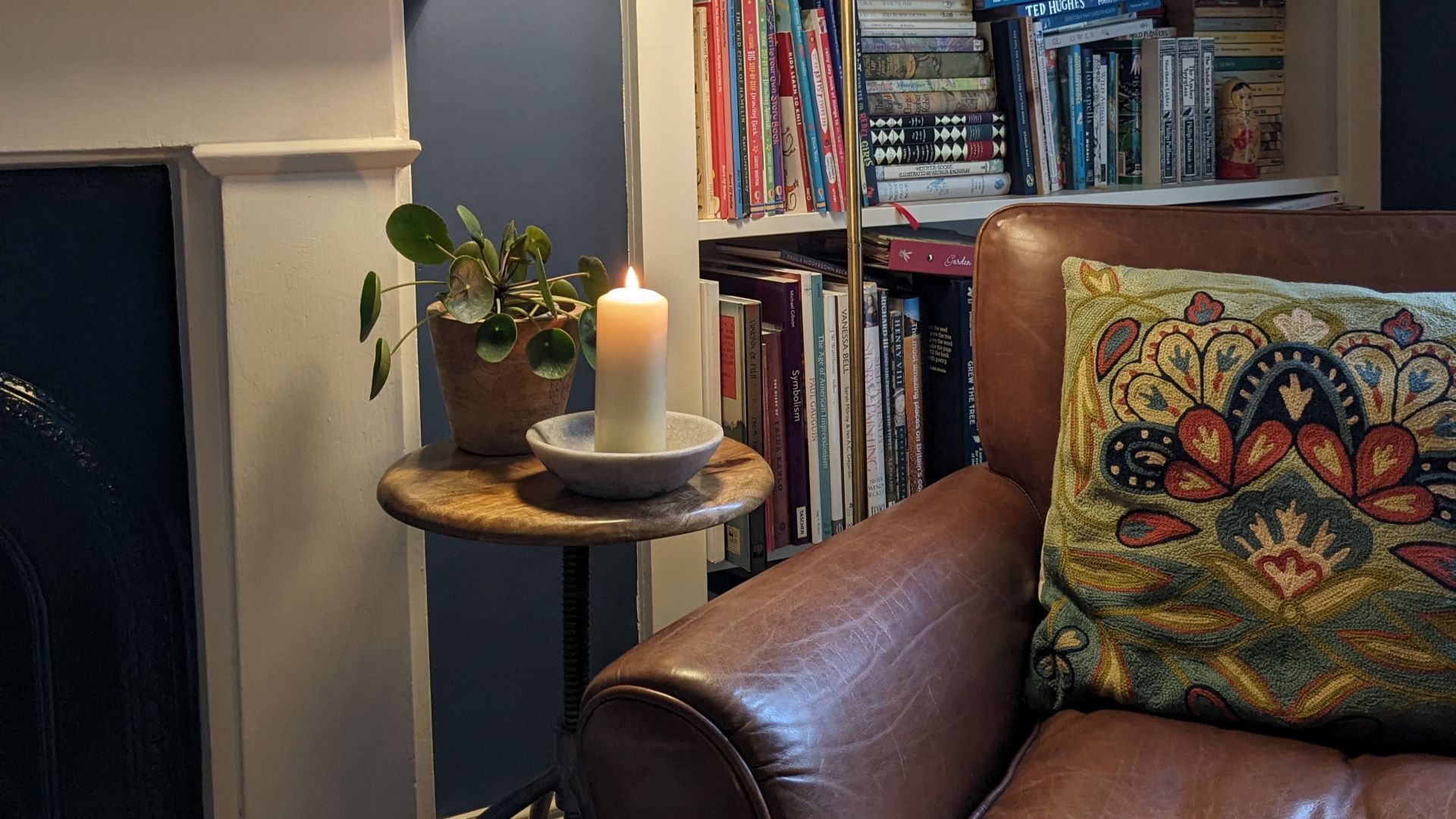I think that one of the great developments of this century is that we now live with a deeper understanding of how different (and yet how similar) we all are. That’s not to say that our differences are greater than our similarities, but just that we now know that we all experience the world around us in our own unique way.
I’ve been working with a client to make some changes in her home that will support the neurodiverse needs of her family. And whilst I am no expert on neurodiversity, I thought it might be helpful to share some ways in which sensitive interior design can respond to these needs. I hope this will enable you to evaluate how your own home supports you and your family.
Where to start when designing for neurodiversity
Let’s start with some overarching principles of interior design for neurodiversity. Every good design starts by asking who the space is for and what the people using it need. When considering neurological differences, this should cover areas such as sensory needs, spatial planning, and resilience. For example:
- In which sensory areas might someone need the dial to be turned down? Is reducing acoustic overload important, or is minimising visual stimulation more relevant?
- In which sensory areas might someone benefit from the dial being turned up? For example, could focusing on touch through texture be a way to create a soothing space that isn’t overwhelming?
- How could the space be structured so that every person living there can choose to be alone or to seek out company; to be still or to explore movement; to work or to play?
- How can form and colour be used to create a space which makes someone feel held?
- How can the space be made safe and durable so that children can express themselves in unconventional ways?
Answering these questions is a great starting point for identifying how your home might need to change. Above all, get to know how every aspect of your home affects you and the people you share it with; because we are all unique and our homes should be too.
Interior design solutions for neurodiversity
Now let’s get a bit more specific about interior design for neurodiversity. Here are some design details that are worth considering:
- Create sensory cocoons using dark paint, high-backed furniture, and tented or curtained spaces;
- Reduce acoustic overload through soft furnishings, lots of plants, and absorbent and textured surfaces;
- Increase durability with wipeable paints and wallpapers, spill-resistant or washable textiles, and repairable furniture;
- If space allows, build in both open plan and closed off areas so that no one has to be alone or in company unless they choose it; leave some spaces more empty and uncluttered to allow for physical play and movement;
- Incorporate natural materials, textures and motifs to promote calm and productivity;
- In general, use bright colours and high contrast to increase stimulation, and muted colours with lower contrast to reduce it;
- Keep lighting gentle and controllable using dimmer switches, include plenty of side and floor lamps, and choose bulbs in the warm colour range.
In many ways, designing with neurodiversity in mind should be how we approach any interiors project – through a consideration and celebration of everything that we are and want to be. And with the belief that we all deserve a home that makes us feel secure and whole.
Do you like the ideas I’ve shared here, and want to make your own home work better for you? Send me a message and let’s talk about how I can help.
With special thanks to my sister Katy, whose knowledge in this area runs much deeper than mine.

